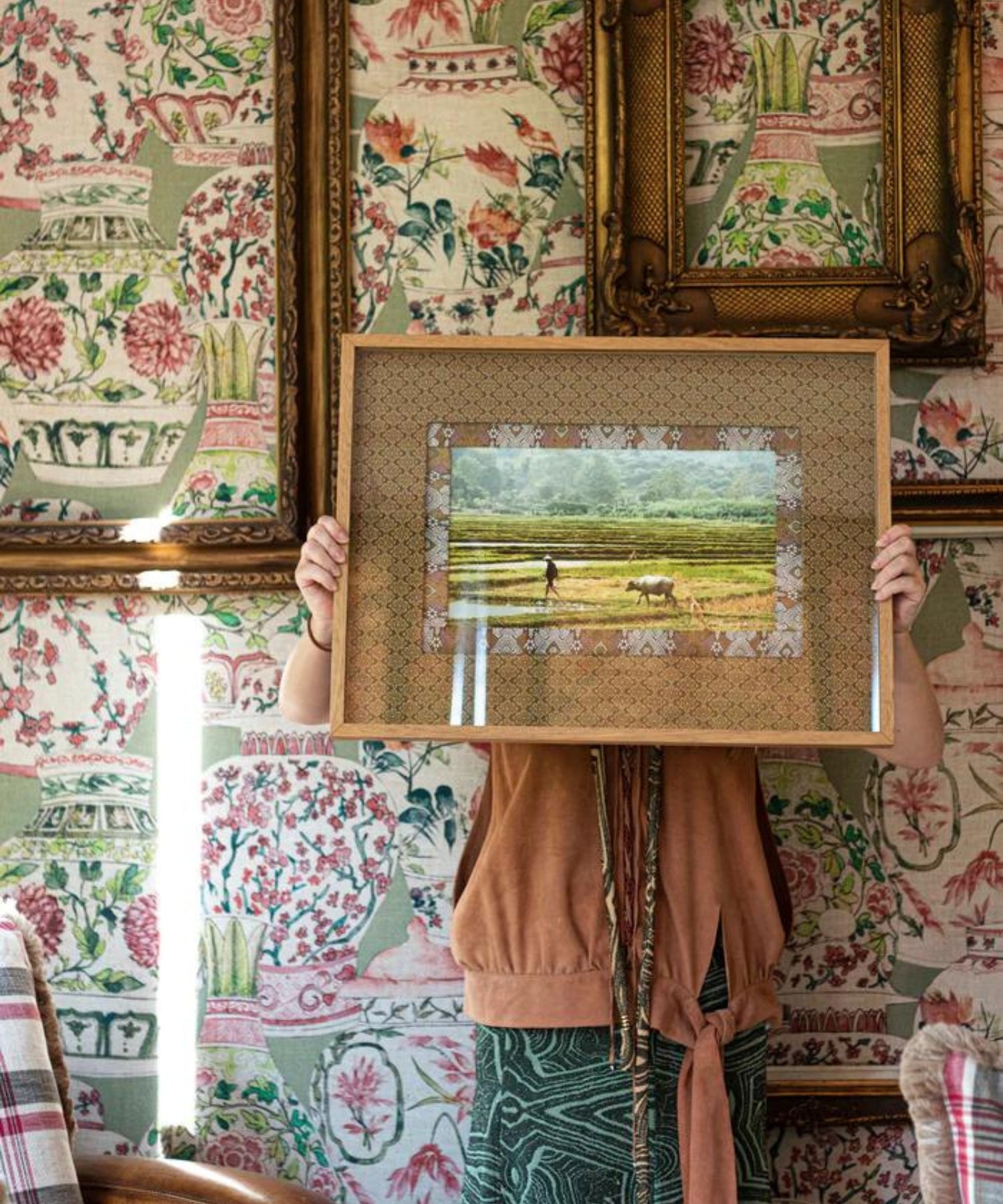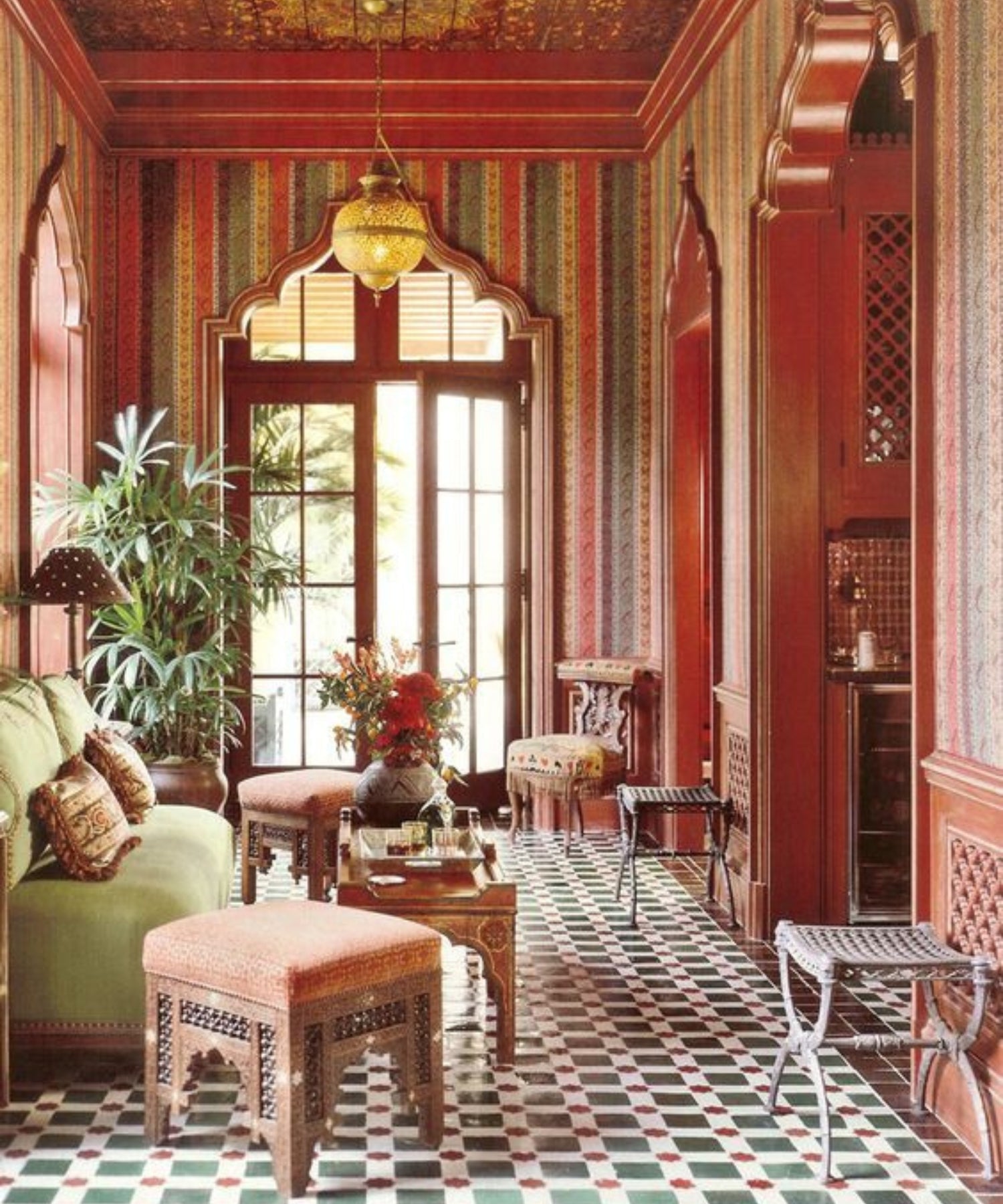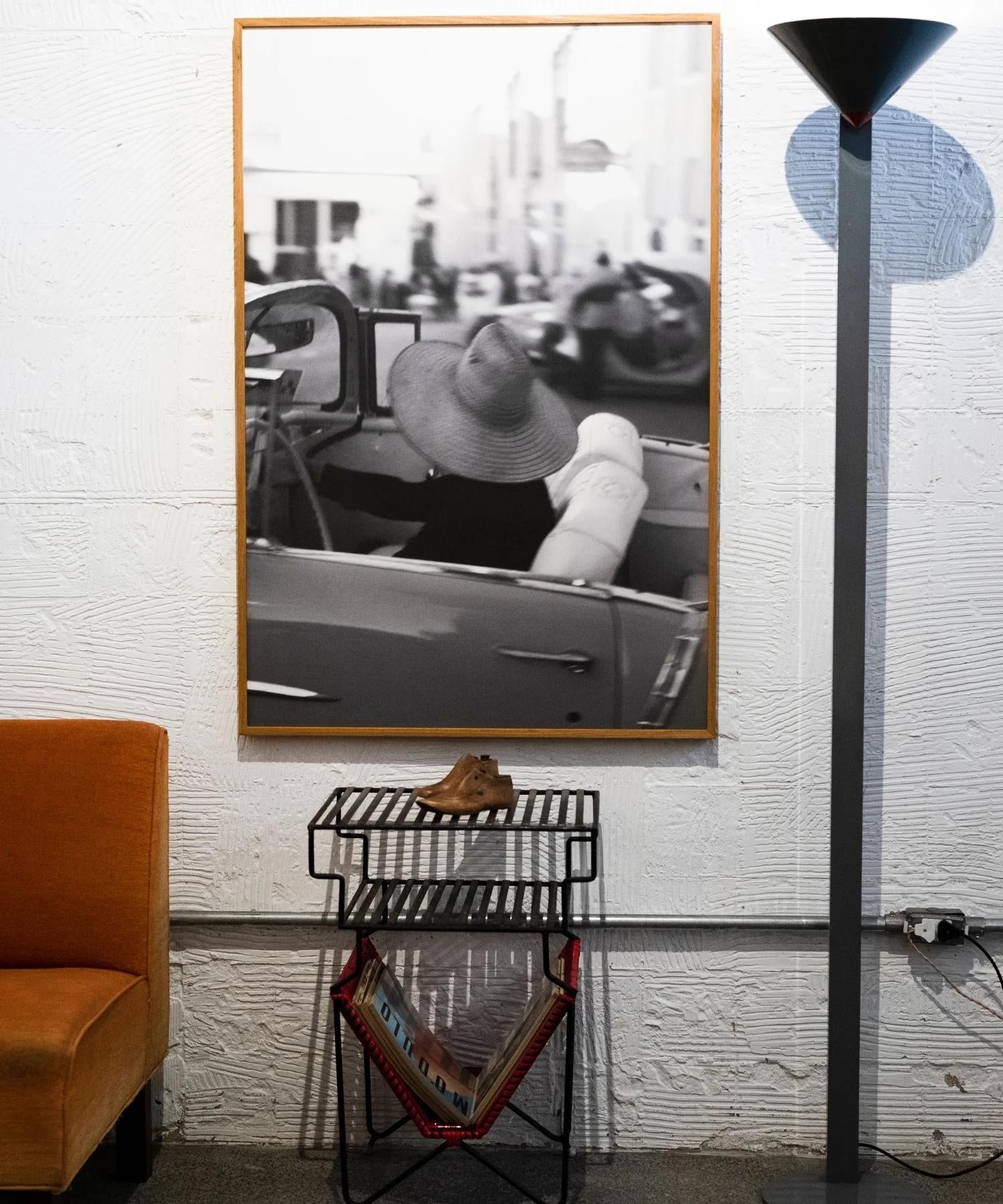Memories are precious treasures that we want to keep alive forever. One way to preserve these special moments is through the use of passe-partout.
If you're wondering what a passe-partout or paspatur is, here's the explanation: it's a technique for framing photographs, paintings or other objects of sentimental value. It is a frame made of paper, cardboard or fabric, with a cutout in the middle to highlight the image and make it stand out.
With its aesthetic and elegant design, the passe-partout can transform a simple photo into a work of art. It not only frames and protects the image, but also adds a touch of sophistication and style. Furthermore, the passe-partout allows the object to be viewed in a unique way, directing the eye to what really matters: the memory itself.
Here, we'll explore the magic of the passe-partout and how it can take your memories to a new level. Join this journey with us and discover how to transform your photos into true works of art.

Laos Collection Campaign - Photo: Reproduction/ Ad Astra
Introduction to passe-partout
Passe-partout is a framing technique created centuries ago. The word "passe-partout" is of French origin and means "pass everything". This technique has become popular in the world of art and photography due to its ability to enhance the image and protect it from damage. Although the correct nomenclature is passe-partout, you can find it as “paspatur”, in a Portuguese version.
The history and origin of the passe-partout
The origins of the passe-partout date back to the 18th century, when artists began using this technique to frame their paintings. Initially, it was made from cardboard and cut by hand to fit the image. Over time, new materials and techniques were developed, allowing the creation of different, more durable and accurate models.
The purpose and benefits of using passe-partout in framing
The passe-partout has several purposes and benefits when it comes to framing memories. Firstly, it protects the image from dust, moisture and wear. Furthermore, it creates a breathing space between the image and the glass of the frame, preventing the image from coming into direct contact with the glass and causing possible damage.
Another benefit of paspatur is its ability to enhance the image and direct the viewer's gaze to the object itself. The cutout in the middle of the passe-partout creates an empty space that highlights the image, giving it importance and visual impact.
Different types of paspatur materials and styles
There are different types of materials that can be used to make a passe-partout, each with its own characteristics and styles. The most common materials include paper, cardboard, cardboard and fabric. Each material has its advantages and disadvantages, depending on the type of image you want to frame and the style you are going for.
When it comes to styles, the options are practically limitless. You can choose between simple and elegant paspaturs, or opt for more elaborate styles, with cutouts and additional decorations. The choice of passe-partout style will depend on the type of image that is framed and the visual effect you want to achieve.
How to choose the right passe-partout for your work of art or photography
Choosing the right passepartout for your work of art or photography is essential to getting the best results. There are some important considerations to take into account when choosing a passe-partout, such as the size of the image, the color of the passe-partout, the desired style and the environment where the image will be displayed.
Regarding the size of the passe-partout, it is important to choose a size that fits the image without covering it or cropping it in an unpleasant way. The passe-partout should complement the image, not dominate it. Furthermore, the color of the passe-partout must be chosen according to the image and the environment where it will be displayed. Neutral colors such as white or beige are often used to allow the image to stand out.
Where to buy a ticket
There are several online stores and suppliers where you can buy materials and frames to make a passe-partout or buy a work you already own. Here are some options:
Where to buy fabric passepartout
“Ready-to-use” fabric paspatur is more difficult to find, but it is possible to buy it in ready-made works. Ad Astra is an e-commerce that sells works of fine art photography without paspatur, with “common” paspatur and mainly with fabric paspatur, handcrafted in various locations around the world.

Image of Cambodia collection painting - Photo: Reproduction/ Ad Astra
Why the passe-partout is an elegant and timeless option for preserving memories
Passe-partout is a framing technique that offers an elegant and timeless way to preserve memories. With its ability to enhance images, protect them and direct the viewer's gaze, the passe-partout is a popular option among artists, photographers and art enthusiasts around the world.
Discover the magic of passe-partout and give your memories the spotlight they deserve.




